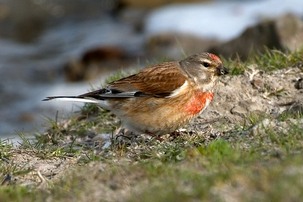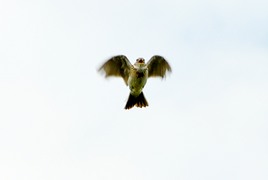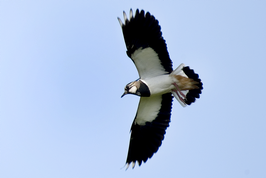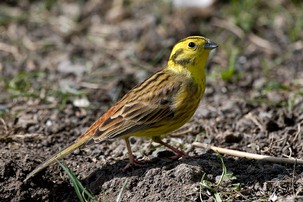

Biodiversity
Action
Plan
Arable field margins features supporting wildlife
The Arable Field Margin priority habitat includes:
Margins sown with wild flowers or agricultural legumes allowed to flower to provide pollen and nectar resources for insects.
Margins or blocks sown to provide seed for wild birds. They may be sown with cereals and/or small-seeded broad-leaved plants or grasses, allowed to set seed, and remain in place over the winter. Areas sown with maize are excluded since they are of lower value for wild birds.
Cultivated, low-input margins: areas in arable fields cultivated periodically, usually annually or biennially, but not sprayed with spring/summer insecticides and not normally sprayed with herbicides*. This increases the number and type of weed and insect species present, and benefits the bird species that depend on them.
Land managed to create habitat for annual arable plants.
Margins providing permanent grass-strips of tussocky and fine-leaved grasses created by sowing or natural regeneration to provide.
* Herbicides may be used for the occasional, targeted control of injurious weeds or problem grasses such as Creeping Thistle, Black Grass, Sterile Brome or Wild Oat.
Species supported by arable field margins in Barnsley
Birds feeding or breeding in field margins include: Dunnock, Tree Sparrow, Skylark, Song Thrush, Yellowhammer, Spotted Flycatcher, Linnet, Grey Partridge, Barn Owl
Mammals found in field margins include Hedgehog, Brown Hare, Harvest Mouse, as well as mice, voles and shrews.
Amphibian: Common toad, Great Crested Newt.
Reptile: Grass snake.
Invertebrates: bumblebees, wasps, butterflies; grasshoppers, beetles, spiders.
Annual arable plants or ‘weeds’
Local Wildlife Sites.
Arable field margins will be considered as local wildlife sites if they are ≥50m in length and ≥6m wide and have a good assemblage of flowering plants or support a good population of wildlife species. No sites have been designated on this basis at this time.
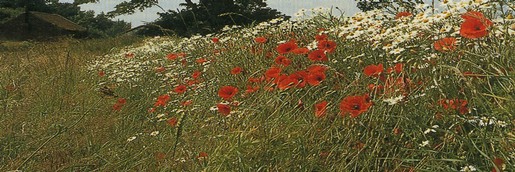
Arable Field Margins Features
Infield support for wildlife
Beetle bank. An example is the beetle bank,a low grassy mound, about 2m wide, running the length of an arable field, provide over-wintering habitat for many insects and spiders and habitat for ground nesting birds and small mammals.
Skylark or Lapwing plot. A further example of action to support wildlife in arable field areas is the skylark or lapwing plot, a sparsely vegetated nesting patch maintained in arable fields from March to July for ground-nesting birds such as Skylark or Lapwing. Skylark plots are 16m2 in size with two such plots in an hectare. Lapwing plots are 1ha in size.
